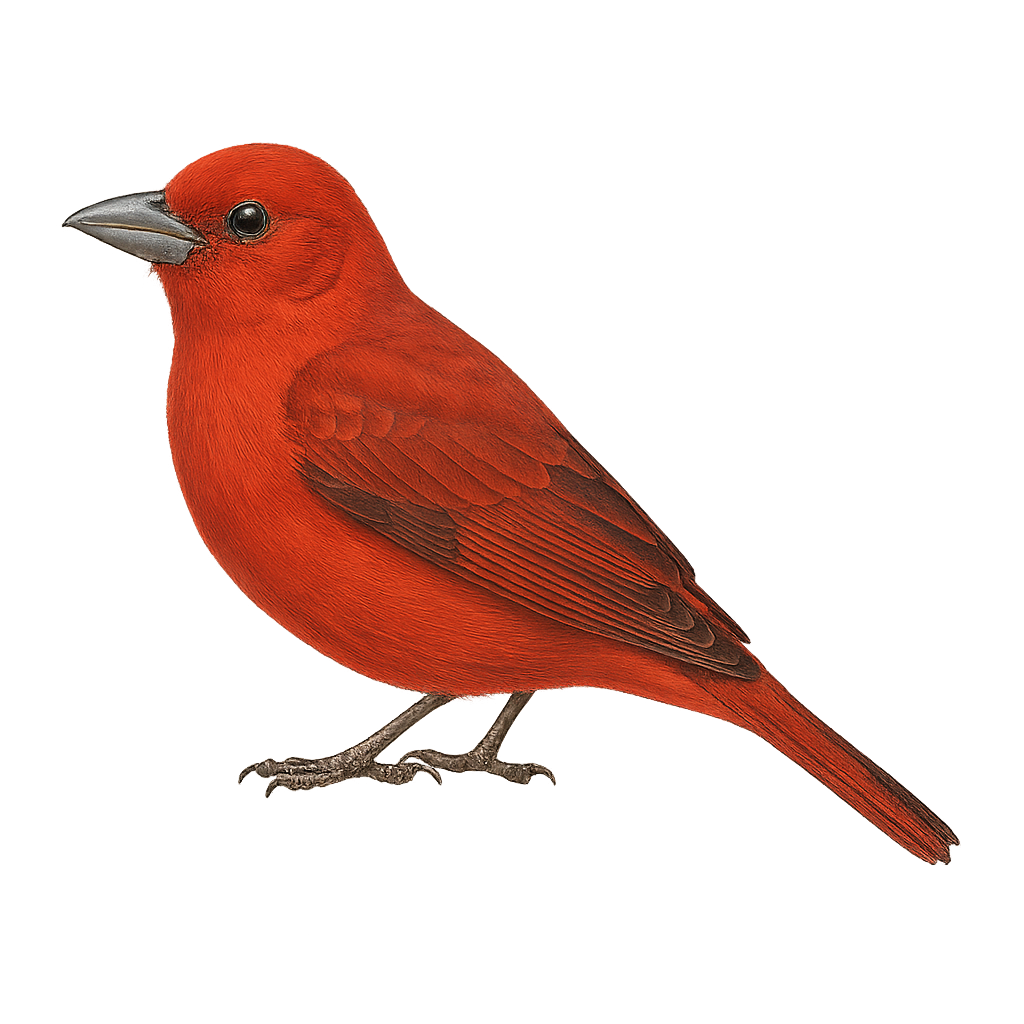Your wildlife photography guide.
Explore the hepatic tanager in detail, study its behavior, prepare your shots.
Where to observe and photograph the hepatic tanager in the wild
Learn where and when to spot the hepatic tanager in the wild, how to identify the species based on distinctive features, and what natural environments it inhabits. The WildlifePhotographer app offers tailored photography tips that reflect the hepatic tanager’s behavior, helping you capture better wildlife images. Explore the full species profile for key information including description, habitat, active periods, and approach techniques.
Hepatic Tanager
Scientific name: Piranga flava

IUCN Status: Least Concern
Family: CARDINALIDAE
Group: Birds
Sensitivity to human approach: Suspicious
Minimum approach distance: 10 m
Courtship display: November to December
Incubation: 13-15 jours
Hatchings: November to January
Habitat:
forests, woodlands, forest edges
Activity period :
Primarily active during the day, with peak activity in the morning and late afternoon.
Identification and description:
The Hepatic Tanager, or Piranga flava, is a colorful bird primarily found in the forests and woodlands of Central and South America. This bird is easily recognizable by its bright red plumage in males, while females display more yellowish and greenish hues. It primarily feeds on insects and fruits, playing a crucial role in seed dispersal. The Hepatic Tanager is a sociable bird, often seen in small groups or pairs. It is also known for its melodious and varied song that echoes through the forests. Although it is quite tolerant of human presence, it prefers natural habitats away from disturbances.
Recommended lens:
400 mm – adjust based on distance, desired framing (portrait or habitat), and approach conditions.
Photography tips:
To photograph the Hepatic Tanager, it is advisable to use a 400mm lens or longer to capture precise details without disturbing the bird. Look for it in forests and woodlands, where it is often active during the day. Be patient and discreet, as although it is tolerant, it can be suspicious of sudden movements. Use a tripod to stabilize your camera and wait for it to perch on an open branch to get a sharp and well-lit shot.
The WildlifePhotographer App is coming soon!
Be the first to explore the best nature spots, track rutting seasons, log your observations, and observe more wildlife.
Already 1 431 wildlife lovers subscribed worldwide

